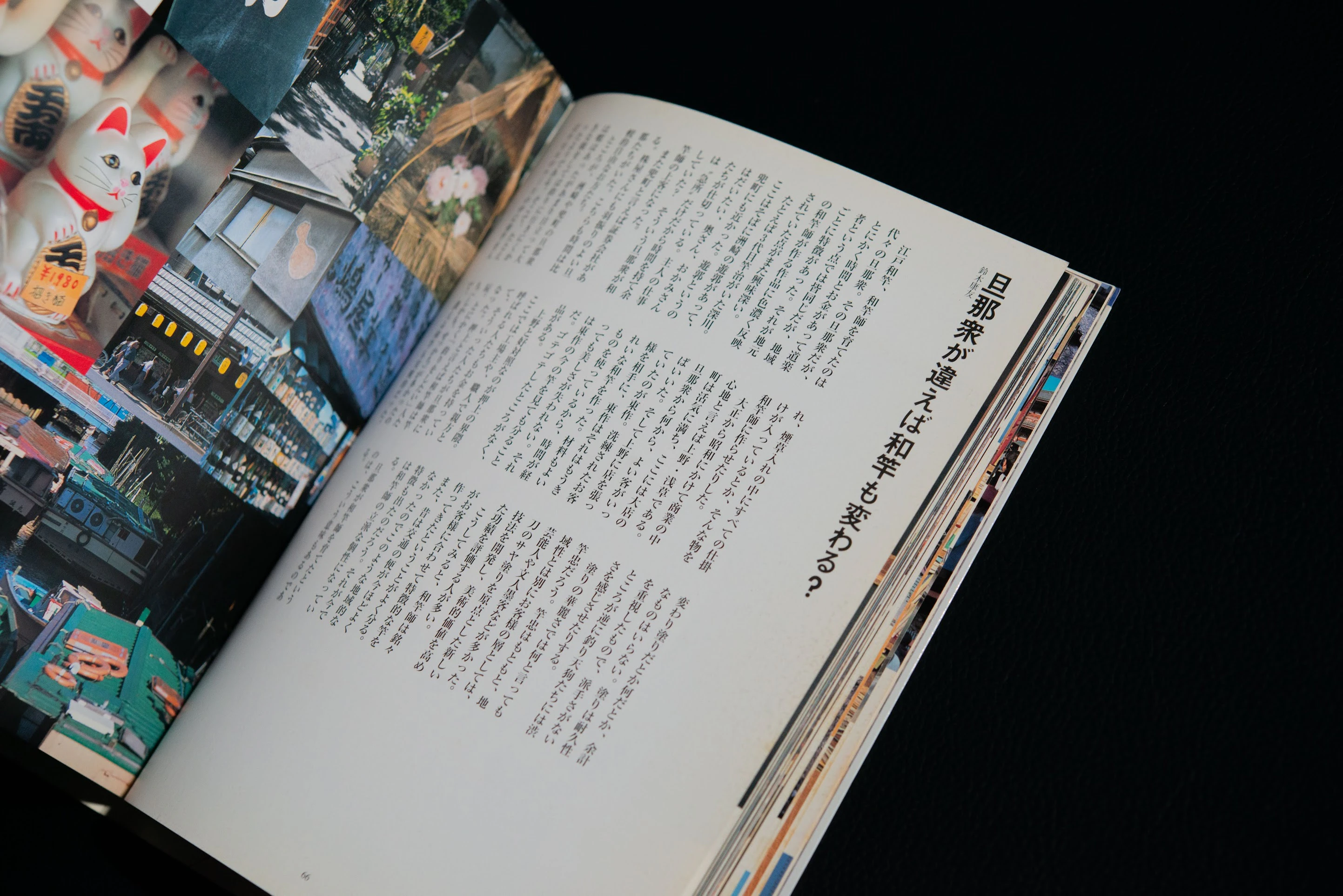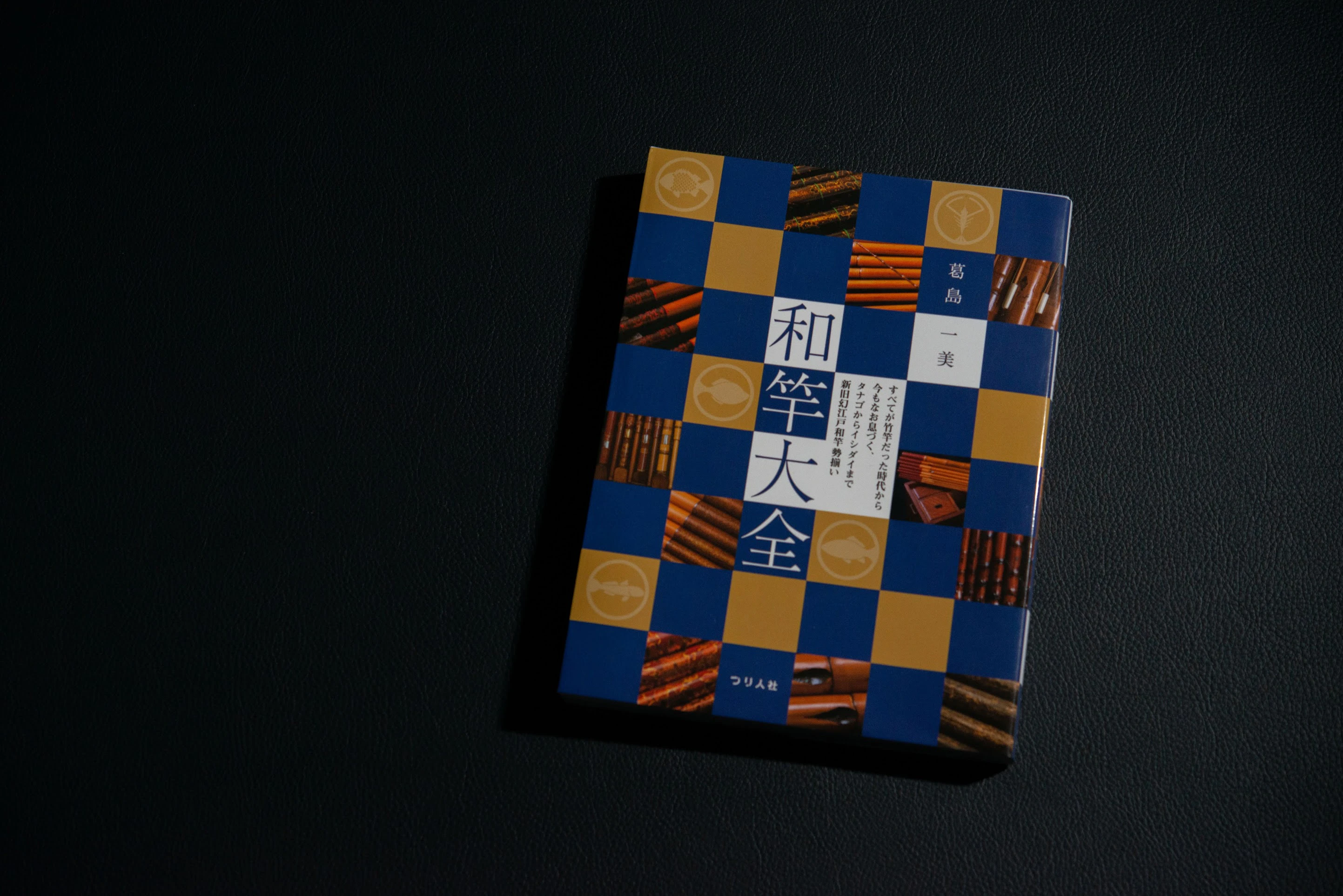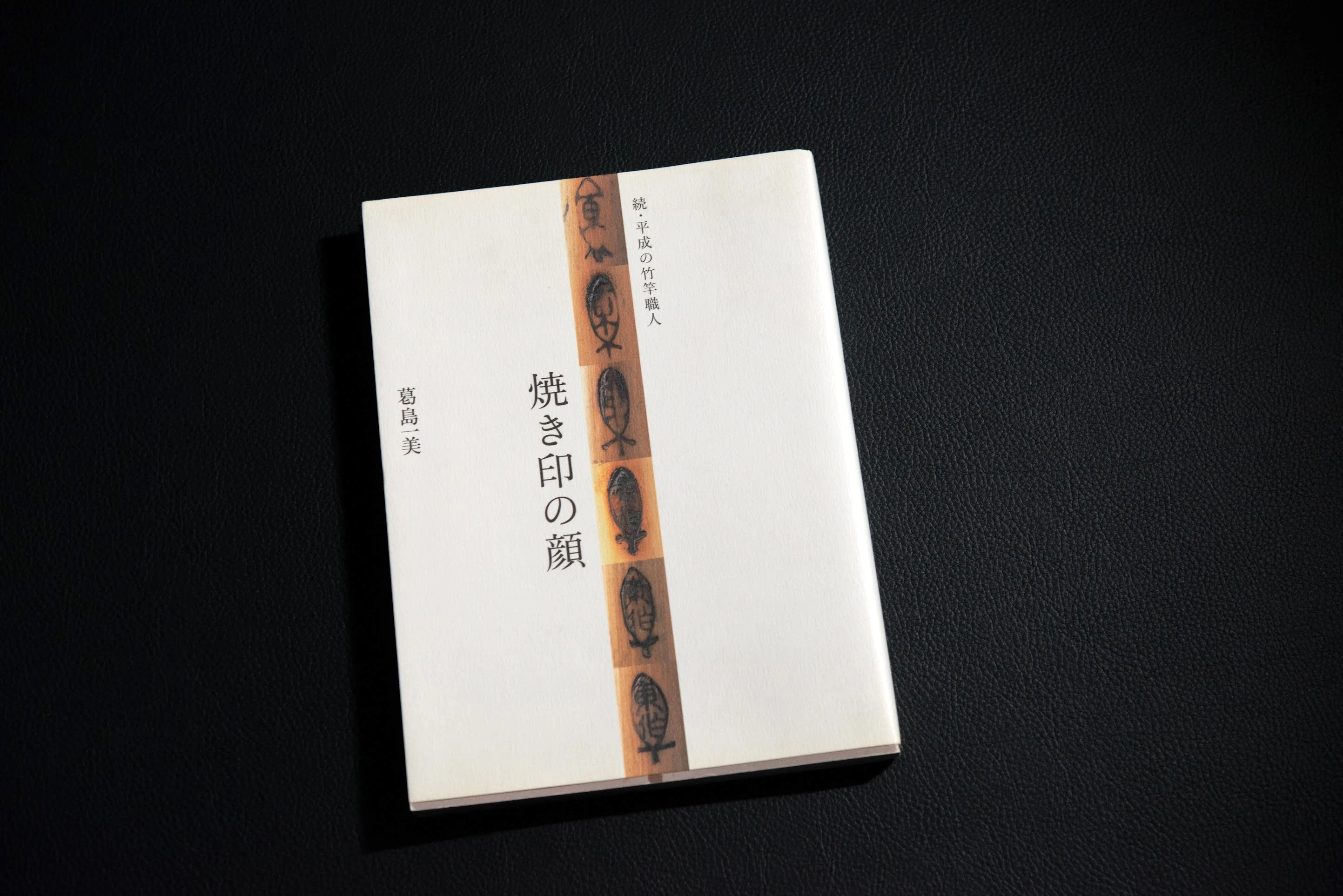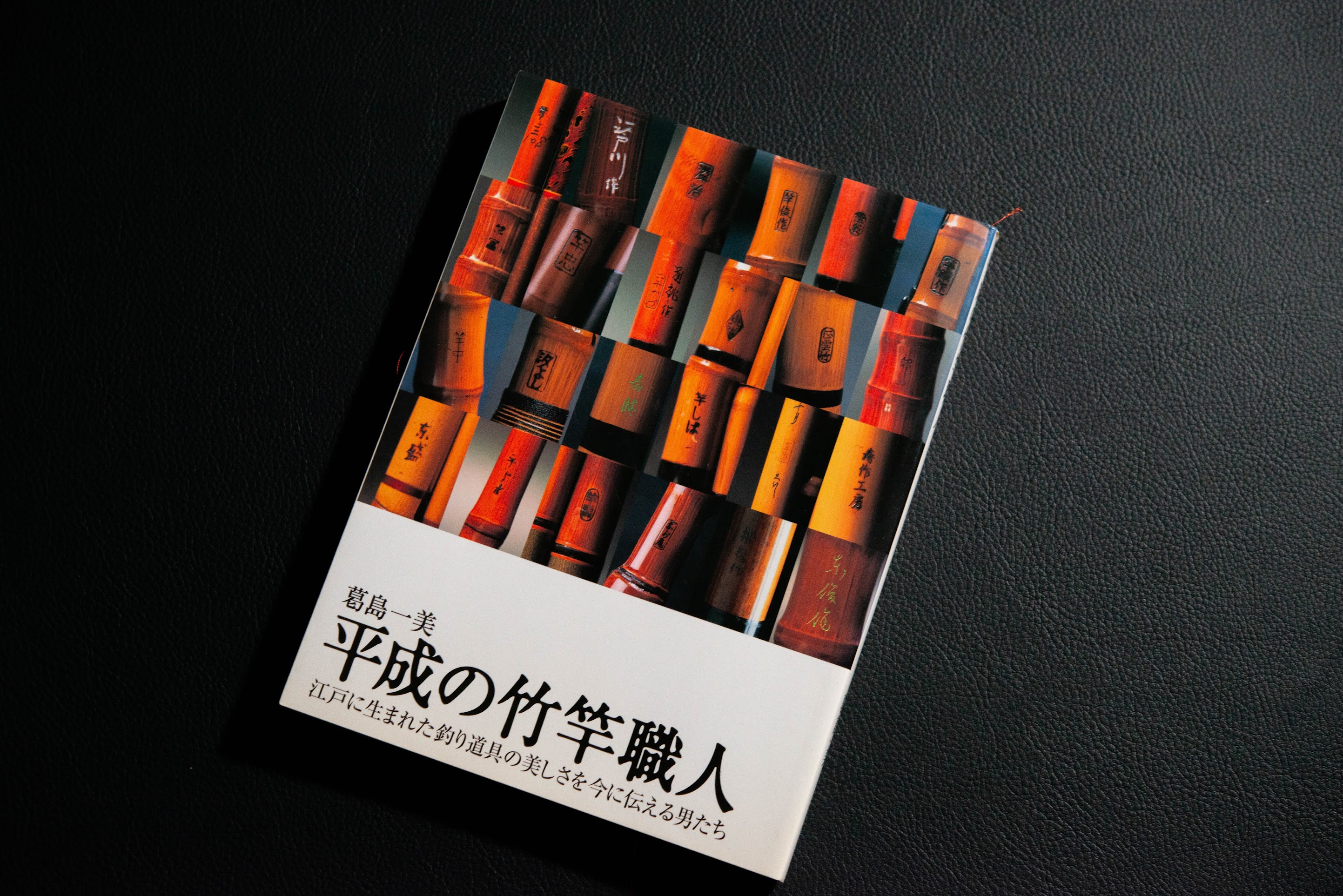
WAZAO-IPPON's Book Recommendation Series: In this series, we share must-read books that WAZAO-IPPON members have thoroughly studied while delving into the rich world of Japanese fishing culture. For our first installment, we feature an essential work from the "Katsurashima Wazao Trilogy," a collection that is crucial for anyone interested in the world of Edo-period bamboo fishing rods. The book we're highlighting is "The Bamboo Rod Craftsman of the Heisei Era" by Kazumi Katsurashima.
Stepped into the world of Edo-WAZAO
As you begin to explore the world of WAZAO, you might find yourself bewildered by the sheer number of rod makers, both past and present. To complicate matters further, many of their names sound similar. Even more confusing, it's often difficult to discern the differences between each rod...
"Tosaku, Ginza Tosaku, Tosei, Kotobuki Saku, Sano Chuu, Sano Tada... Oh, and that's the fourth generation you're talking about."
...You might start jotting down the names of each rod maker you come across, but this process often feels like collecting puzzle pieces without ever seeing the full picture. You may even begin to wonder if grasping the whole picture is necessary in the first place.
When it comes to choosing a "good fishing rod," it ultimately boils down to finding one that feels right for you. In that sense, there's no need to stress over picking the right rod, nor should you feel obligated to follow specific instructions on how to use it.
But even with this understanding, the subtle presence of "Edo-period WAZAO" culture, which emanates from each rod, continues to tickle the back of your mind. Of course, searching online won't yield any comprehensive information. Google is powerless before the world of Edo-period WAZAO, leaving you with a lingering sense of frustration.
This book is an introductory guide for the modern WAZAO enthusiast, grappling with these very dilemmas. Without this book, who knows how much longer the journey to understanding would have taken? When you think about it, you can't help but feel an overwhelming sense of gratitude toward the author and publisher. With a whispered "thank you," you find yourself turning the pages whenever you get the chance.
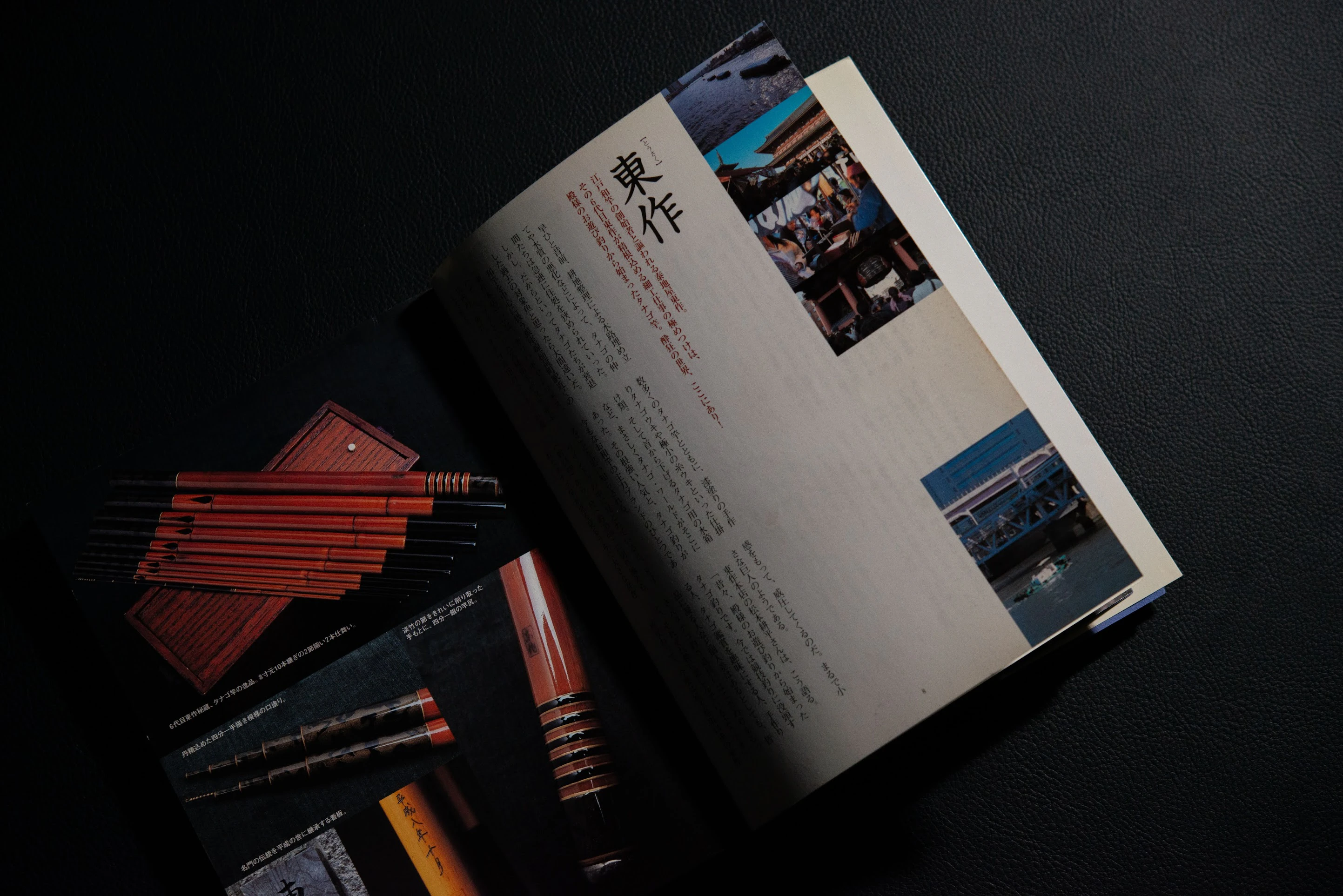
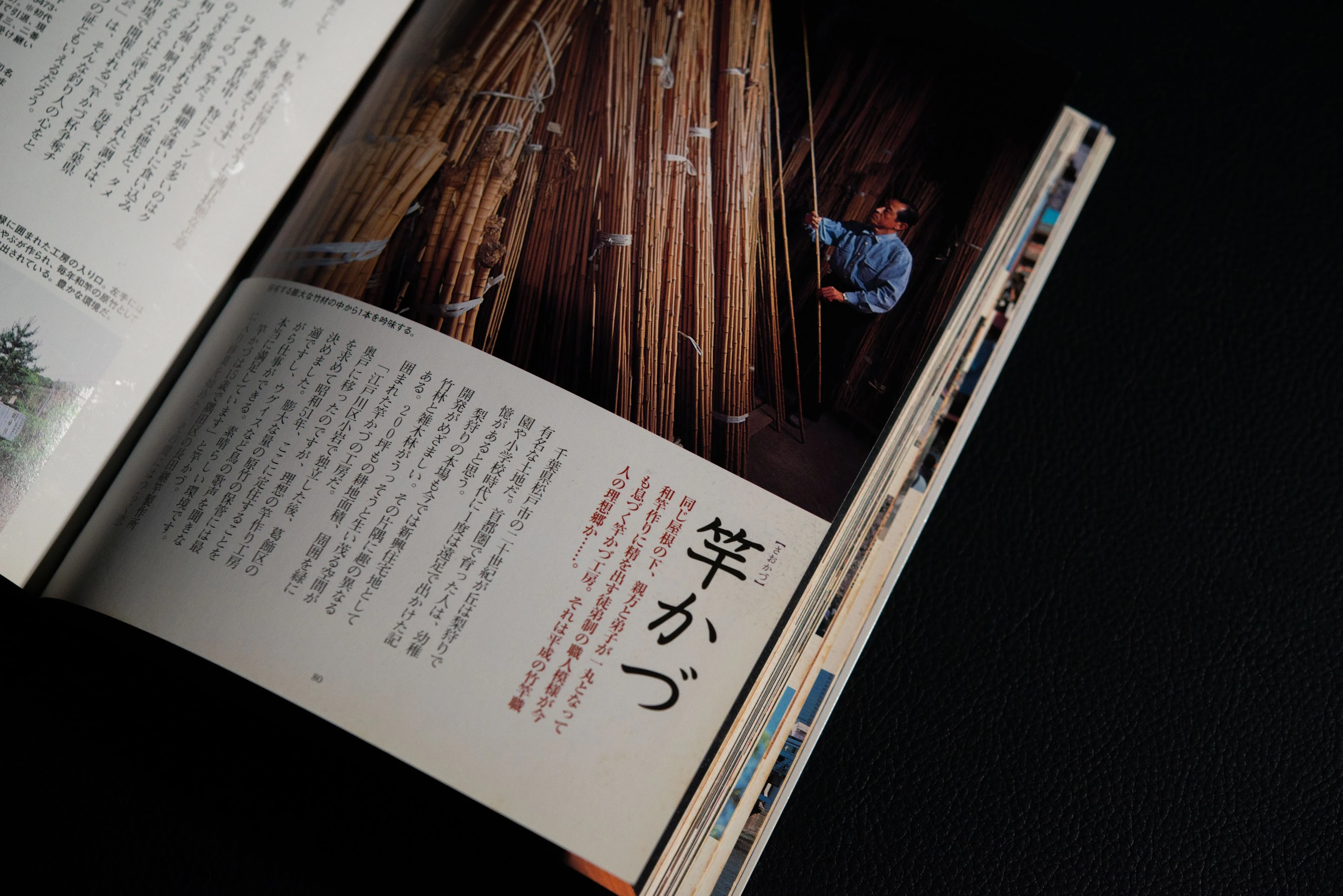
Understanding the Culture
An Insight from a Genius Once Revealed: "To the untrained eye, all the girls in 'Koakuma Ageha' magazine might look the same. But to a true gyaru, the subtle differences between each one are crystal clear." The essence of this observation lies in the idea that the deeper you delve into a culture, the higher the resolution becomes. It's crucial to sharpen that resolution until you can instinctively perceive the nuances, and this, in turn, becomes a valuable asset in understanding Japanese culture.
As you progress through this book, you will experience a heightened resolution of understanding when it comes to WAZAO. The distinct characteristics of each rod maker become more apparent. You'll uncover stories rich with human drama, such as those of master craftsmen passing down their knowledge from one generation to the next, or the tales of those who revived nearly lost lineages after the disruptions of war. It’s fascinating how, through understanding the people behind the rods, the differences and similarities among the WAZAO begin to emerge. You start to realize that these similarities are embedded within the context of lineage.
The essence of Edo-period WAZAO may lie in the craftsmanship—skills like tempering, assembling, and lacquer application are certainly central. However, when seeking a cultural understanding, it’s impossible to overlook the craftsmen who were integral to this tradition. The culture surrounding Edo-period WAZAO is not just about rigid "tradition" but encompasses a more fluid and human side that adds depth to this multifaceted cultural heritage.
Most importantly, after reading this book, you’ll find that the amount of information you can glean from observing a WAZAO will be significantly enhanced. I highly recommend that you refer to the lineage charts of the rod makers at the end of the book as you read through it.
